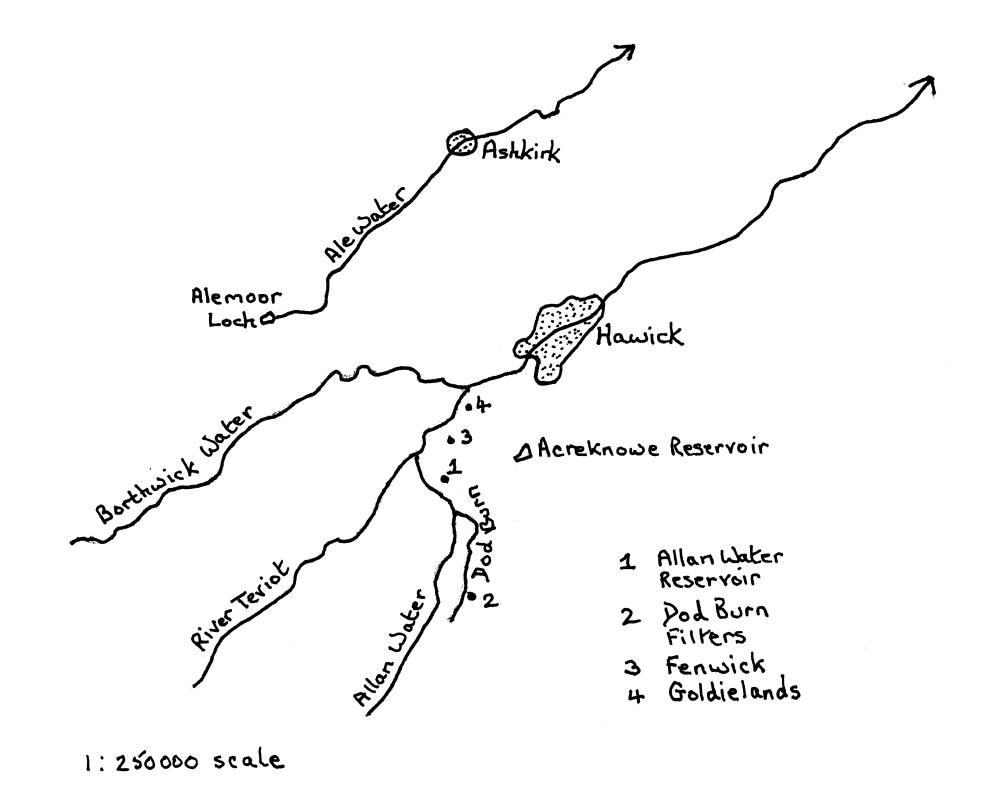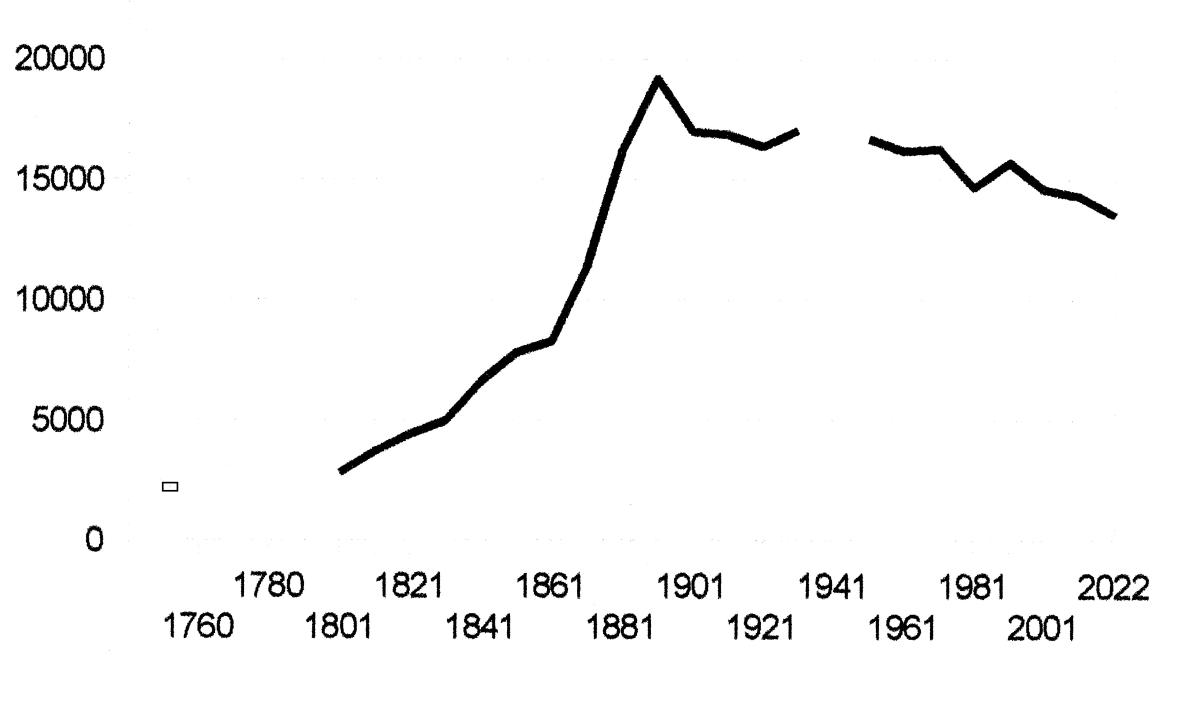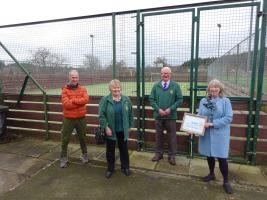Ron Smith - Hawick's Water Supply
Thu, Oct 9th 2025 at 7:00 pm - 9:00 pm
Club member talks of his research into the ins and outs of Hawick's water supply
On 9th October, Hawick Rotarians listened to a talk by one of their own members. Ron Smith told them that in the course of research into the work of John Manuel, Hawick's Burgh Surveyor from 1874 until 1900, he had come across several aspects that had taken his attention. He continued by telling the tale of Hawick's water supply.
Water from the Slitrig and from many wells had served the small population of the small town up until the mid 1800s, but by that time woollen mills had grown in number, bringing in more workers while at the same time requiring water from the rivers. Insanitary conditions led to contamination of the wells and and to a series of cholera outbreaks in the 1830s and 1840s. The foul state of the river water brought an agreement that sluices should be closed off on Saturday afternoons and Sundays in an attempt to flush out the filth which accumulated behind each cauld but this arrangement had often fallen through.
Ron spoke of the Town Moor scheme of 1797, of the Allan Water scheme of 1865, and of the Dod Burn project of 1882, each of which the Town Council hoped would solve the problems. He told of the struggles to pull tree roots out of the clay pipes, especially around Fenwick, Goldielands and Langbaulk, these leading to loss of pressure in the pipes to allow the higher parts of the town to receive a supply and necessitating water rationing, e.g. in 1880. Weensland was another area facing problems of supply and relying on the Boozie Burn until the 1870s when illness was reportedly caused by contamination from the Leaburn House cesspool!
He described the stages in establishing the reservoir at Acreknowe, and the ensuing complaints about colour, taste and quantity of water coming from there with an algae, chara flexilis or stonewort being established as the cause. By 1892, a ten feet depth of mossy soil had been removed from parts of the reservoir, which was now able to hold 70 million gallons, 14 million more than before!
Hawick's population reached its highest point at 19,204 people in 1891, crammed into the core of the present town, as council houses did not appear until 1925. From then, houses spread outwards and upwards and so, in 1960, Alemoor Loch was dammed and a larger water supply was brought across to the tank at Gala Law.
With fewer people now living in Hawick, with reduced demand by woollen mills for water and with more attention to environmental health, we now look around at a cleaner and safer town. Is this exemplified by Hawick Sewage Works (built 1878) being reduced in size following the Flood Protection Works?


